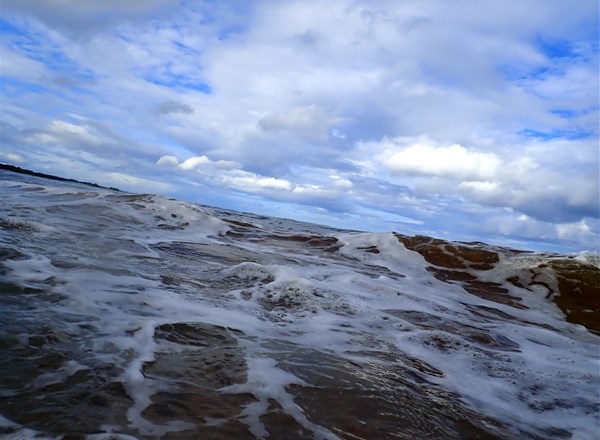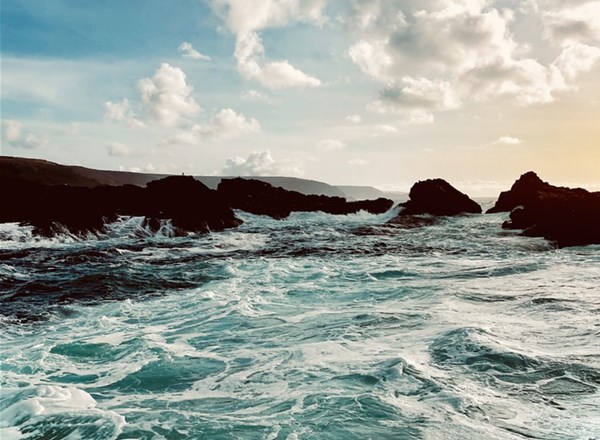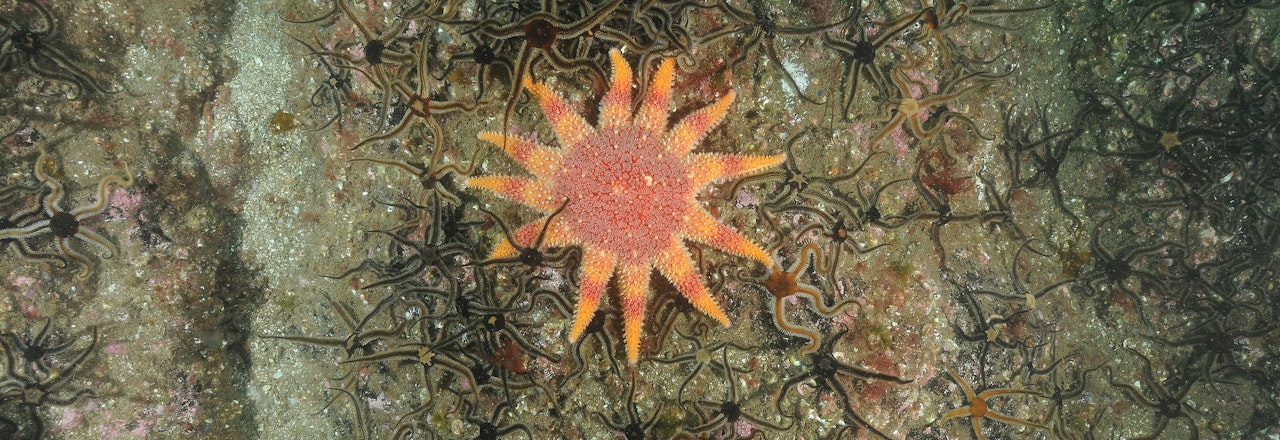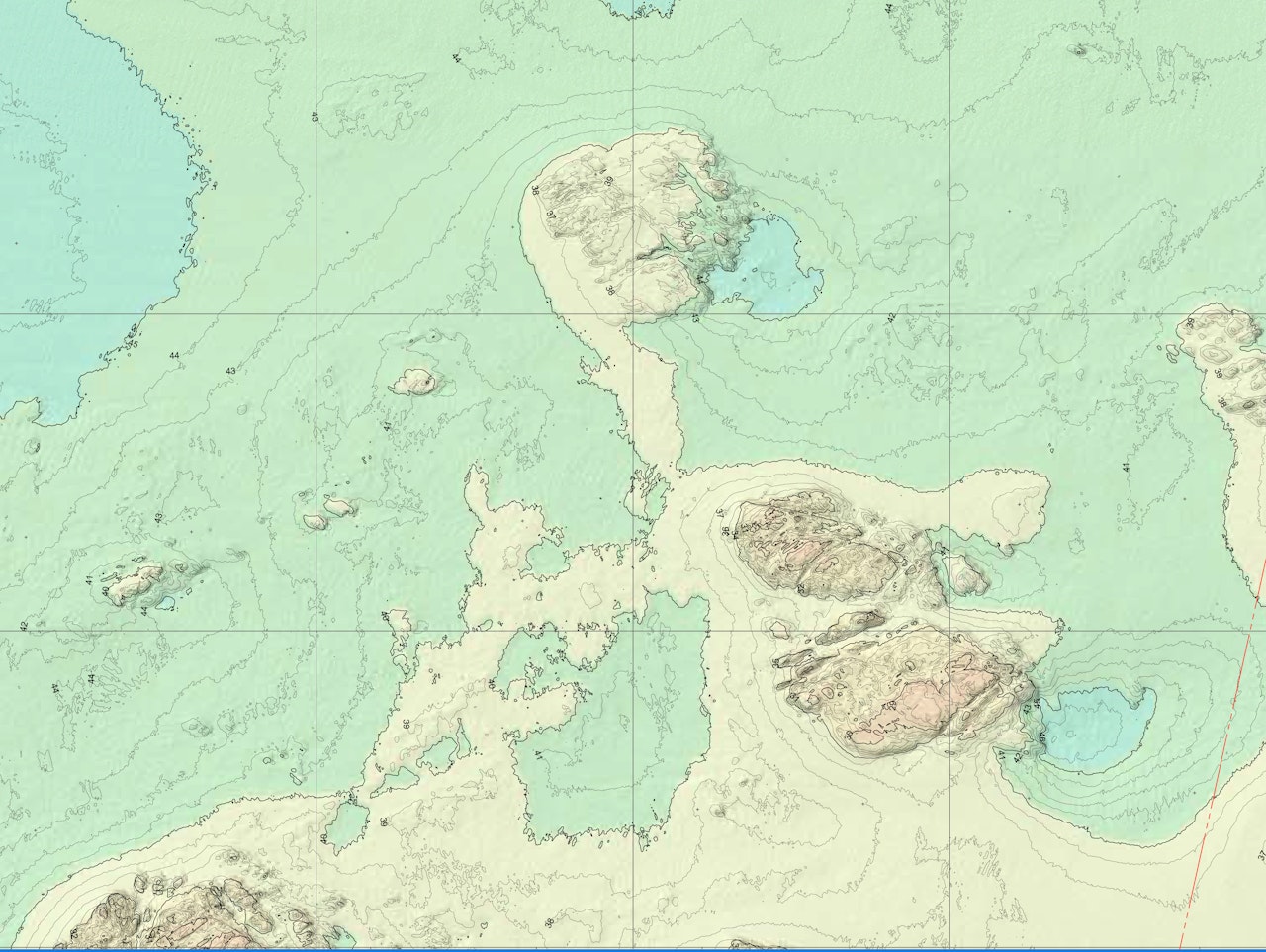
MDE User Case Study: Blue Ocean Consulting
To celebrate the use of marine industry data, we have created “MDE User Case Studies”
In this series of articles, we will be showcasing the different ways that data hosted on the MDE is helping to shape the future of our seas. From academics, to GIS experts, marine industry consultants and more, learn how YOU can shape the future of our seas, through open and accessible data & evidence.
Mark Calverley - Blue Ocean Consulting
Mark Calverley is the founder and Director of Blue Ocean Consulting. After 27 years working in numerous roles within the Metocean Service Line of Fugro, Mark decided to utilise his skill set, knowledge and contacts to enable the Ocean Economy.
1. What industry are you in?
Renewable energy / Carbon capture, utilisation and storage (CCUS)
2. What is your job title and role?
I am a Director and independent consultant to developers and operators, providing metocean and wind resource assessment support.
3. What theme of data do you use on the Marine Data Exchange?
Metocean Meteorology
4. How do you use the data on the Marine Data Exchange?
I use MDE data to inform measurement and modelling strategies. An example of the former is the identification of all metocean and wind resource data in the Irish Sea to support a Round 4 wind project. The metocean data available within the MDE were considered with respect to the need to measure current and wave conditions along potential export cables, as well as understanding the data available to support the calibration/validation of a regional model. Early availability of regional data allows calibration of wave and hydrodynamic models, and then allows site specific data to be used for validation in a totally independent manner. The wind data were used to assess wind model performance utilised to support energy yield assessment. Understanding the uncertainty in model data is of particular importance to help define a measurement programme that will help reduce Energy Yield uncertainty, and secure favourable terms for project financing. Of particular interest were meteorological mast data that could be used to better understand the turbulence intensity characteristics in the area. Although floating lidar systems offer the opportunity to measure the wind resource, they do not allow accurate measurement of turbulence intensity which impacts on both engineering design of the support structure and the energy yield.
A similar approach was taken to specifying measurement locations along a CCUS pipeline corridor. Wave, current and temperature data were identified to assess the spatial coverage, this was then complemented to provide site specific data in areas with no data. The MDE data allowed development of a basis of design with reasonable levels of confidence, ensuring that the engineering schedule was not impacted. The basis of design was then confirmed following validation of the models using the site specific measurements.
5. What are the benefits of using the Marine Data Exchange?
Knowledge of existing measurement that allow re-use and siting of additional project specific measurements that provide added value.
Early capability to calibrate and/or validate regional or site specific models, adding value through higher confidence in operational planning and engineering design activities.
Ability to avoid duplication of effort and cost.
Check out some of our latest Metocean series below:
Check out some of our latest Meteorology series below:
"The Marine Data Exchange is a great initiative that ensures data are collected once and used many times. Submission of data on completion of surveys helps to ensure that the data are not lost to potential users, and whether the data are made public or not ensures that they are discoverable. The last decade of data from offshore wind farms has provided a wealth of valuable data that can be used in many applications and I look forward to the data from a 4-fold expansion of wind capacity coming on-line.
Mark Calverley












